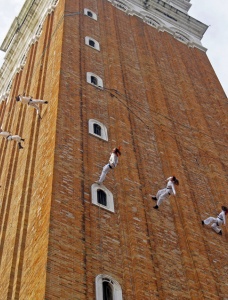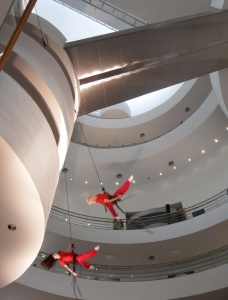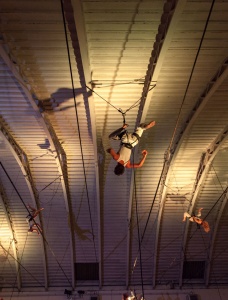Vision is about discovering what is not immediately perceptible: an extraordinary image or scene, whether real or imagined. The radar allows us to go beyond the limits of our sight, extending to the radar horizon, beyond which the Earth's curvature hides what lies farther away. Suddenly, a bright spot appears on the screen: it reveals distant obstacles and helps us detect weak or complex signals, providing us with a map to guide our course. It is an opportunity to reflect on an often unpredictable context, helping us to chart meaningful paths, so we don’t get lost or remain stuck.
It helps us design the present, imagining the future through a multitude of scenarios and a range of answers we can construct.
Imagine looking at the sea: In front of you, there is no land, only the infinite blue shimmering under the sun. The horizon, that thin line where the sky meets the sea, marks the limit of human sight, the radar allows us to explore beyond, revealing what is hidden.
The ability to see is an intricate process: it requires not only the use of the eyes but also the brain’s capacity to process and interpret information that is not only visual. It allows us to make decisions about our surronding, guiding our movements. Through sight, we gauge the distance of objects, whether it’s a moving car or a detail on a screen. This faculty guides us in many daily activities but can be influenced by multiple factors, ranging from being absent or blurry to perfectly clear or even imaginary vision.
Radar is an essential tool to orient us in a complex world, guiding us between the visible and the invisible, between nature and culture, offering us security and direction. It is a symbol of continuous connection between what we know and what we have yet to discover.
Il Posto
Tailor made Performance
Over the years we have collaborated with companies, corporations, agencies, cultural associations, festivals around the world to produce indoor and outdoor tailor made performances into different locations as contemporary buildings, bridges, towers, historical palaces but also theatres, museums and industrial buildings.
Go into the categories to see the photos and videos
In 20 years of activity we have realized many productions of our shows in historical sites as the Ara Pacis Museum in Rome the Campanile di San Marco in Venice, the Palazzo della Gran Guardia in Verona
Especially in the international activity of last years, we have developed projects of performance on a lot of contemporary architecture: glass, metals, cement; from high-rise buildings to industrial environments, from Africa to America, from Bangkok to Paris
The indoor spaces are always a new challenge for us, different types and sizes, for events whenever created 'ad hoc' in architectures always different in their shapes and their volumes
The Aerial Dance, the suspension in the air without any support on the wall is now part of our shows, outdoors and indoors events, from theatres to any kind of different architectures



